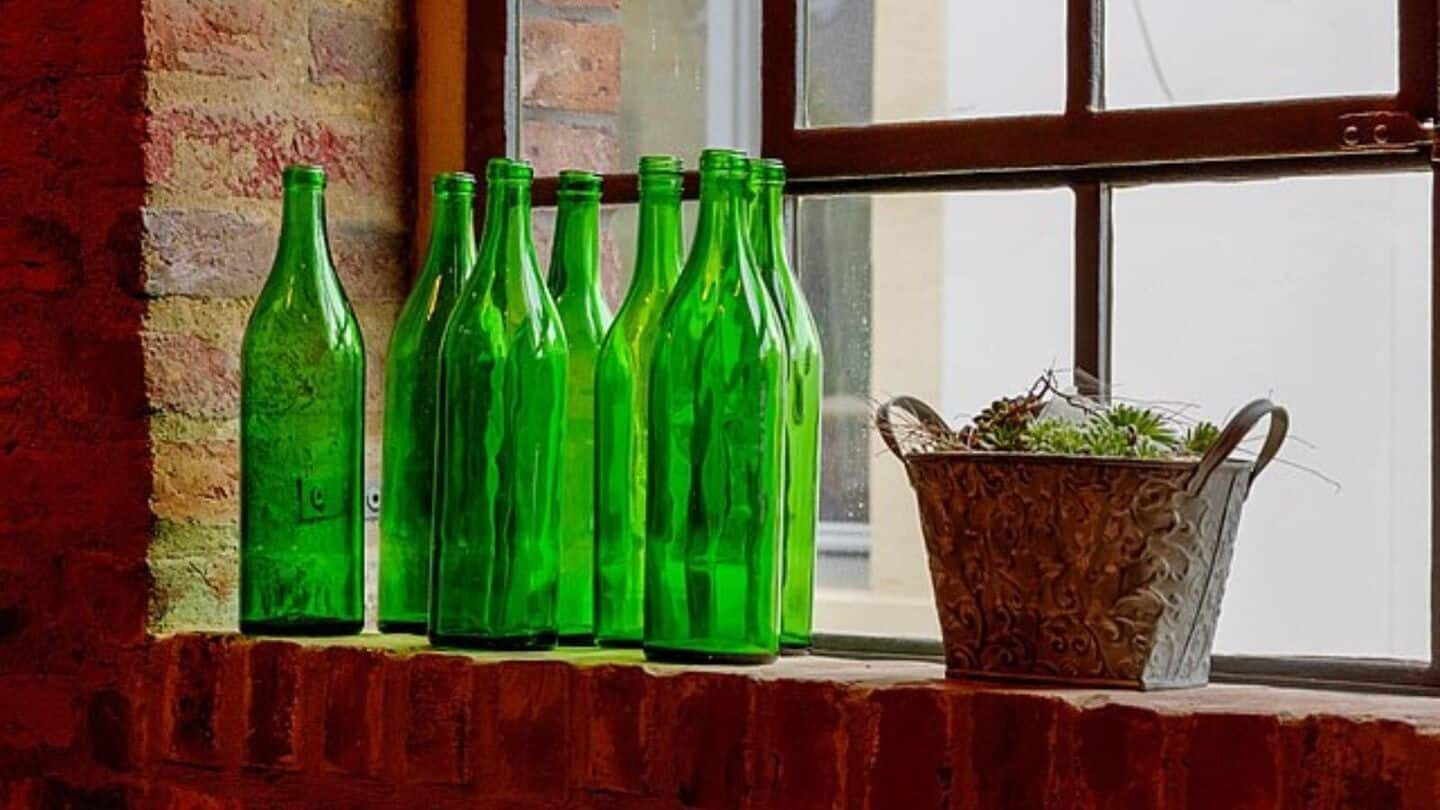
Glass bottles contain 50x more microplastics than plastic ones: Study
What's the story
In a surprising revelation, a study by France's food safety agency ANSES has found that drinks in glass bottles contain far more microplastics than those in plastic bottles or metal cans. The research, published in the Journal of Food Composition and Analysis, found an average of 100 microplastic particles per liter in glass bottles. This is as much as 50 times higher than what was found in plastic or metal containers.
Unexpected findings
Researchers expected glass to be safer option
The research team, led by PhD student Iseline Chaib, was surprised by these results. They had initially thought glass would be a safer option for drink packaging. However, upon further investigation, they found that the microplastics were similar in shape, color, and polymer composition to the paint on caps sealing the glass bottles, not the glass itself.
Source of contamination
Likely source of contamination identified
The team found that the majority of microplastic particles in glass bottles originated from the paint on the sealing caps. As these caps rub against each other during storage, they develop small scratches that release plastic particles. Interestingly, flat and sparkling water had lower levels of microplastics across all packaging types, with about 4.5 particles per liter in glass bottles.
Beverage analysis
Microplastics count varies significantly across beverage types
Soft drinks, lemonade, and beer had much higher microplastic counts, between 30-60 particles per liter. These beverages are usually sealed with painted caps, which seem to contribute significantly to the contamination. However, wine had very few detectable microplastics even when sealed with caps similar to those on soft drink or beer bottles.
Health implications
Cleaning caps reduced contamination by 60%
There is no international standard for what constitutes a dangerous level of microplastics in food or drink. Thus, it is impossible to determine if these levels pose a health risk. However, ANSES did test a possible solution: cleaning the caps with air, water, and alcohol, which reduced contamination by 60%. This could be adopted by drink manufacturers as an effective measure against microplastic contamination.